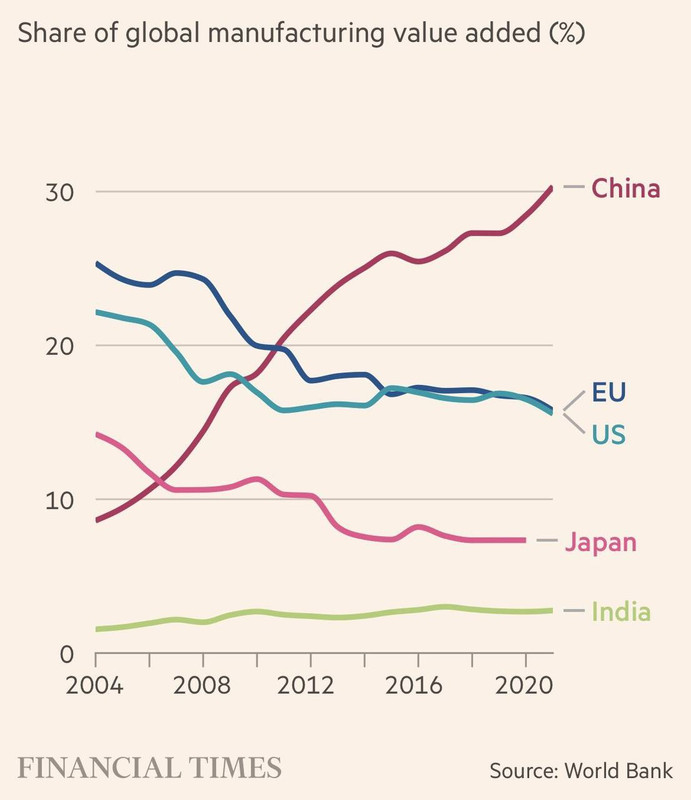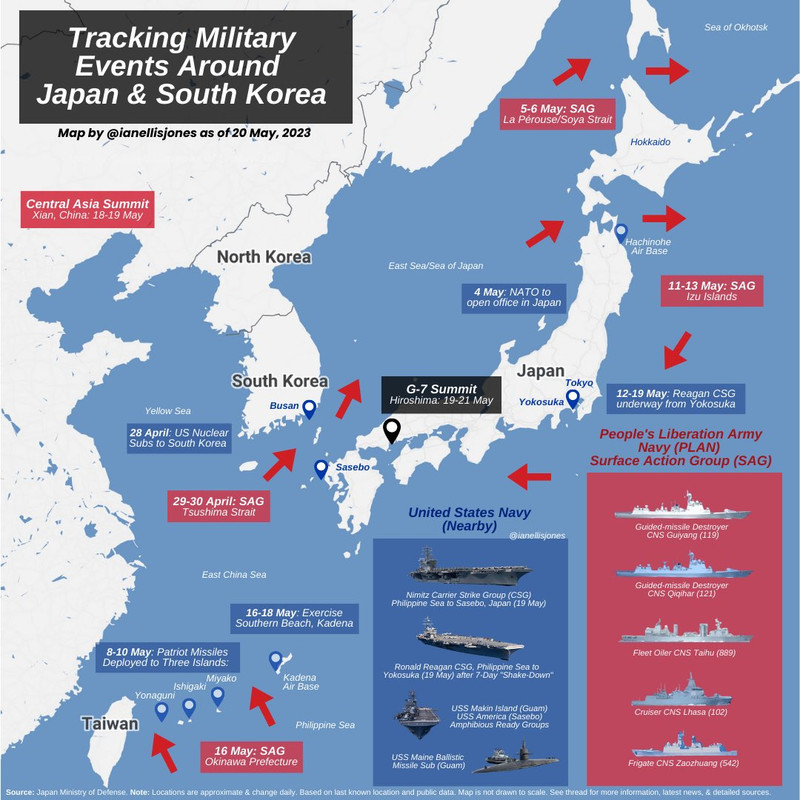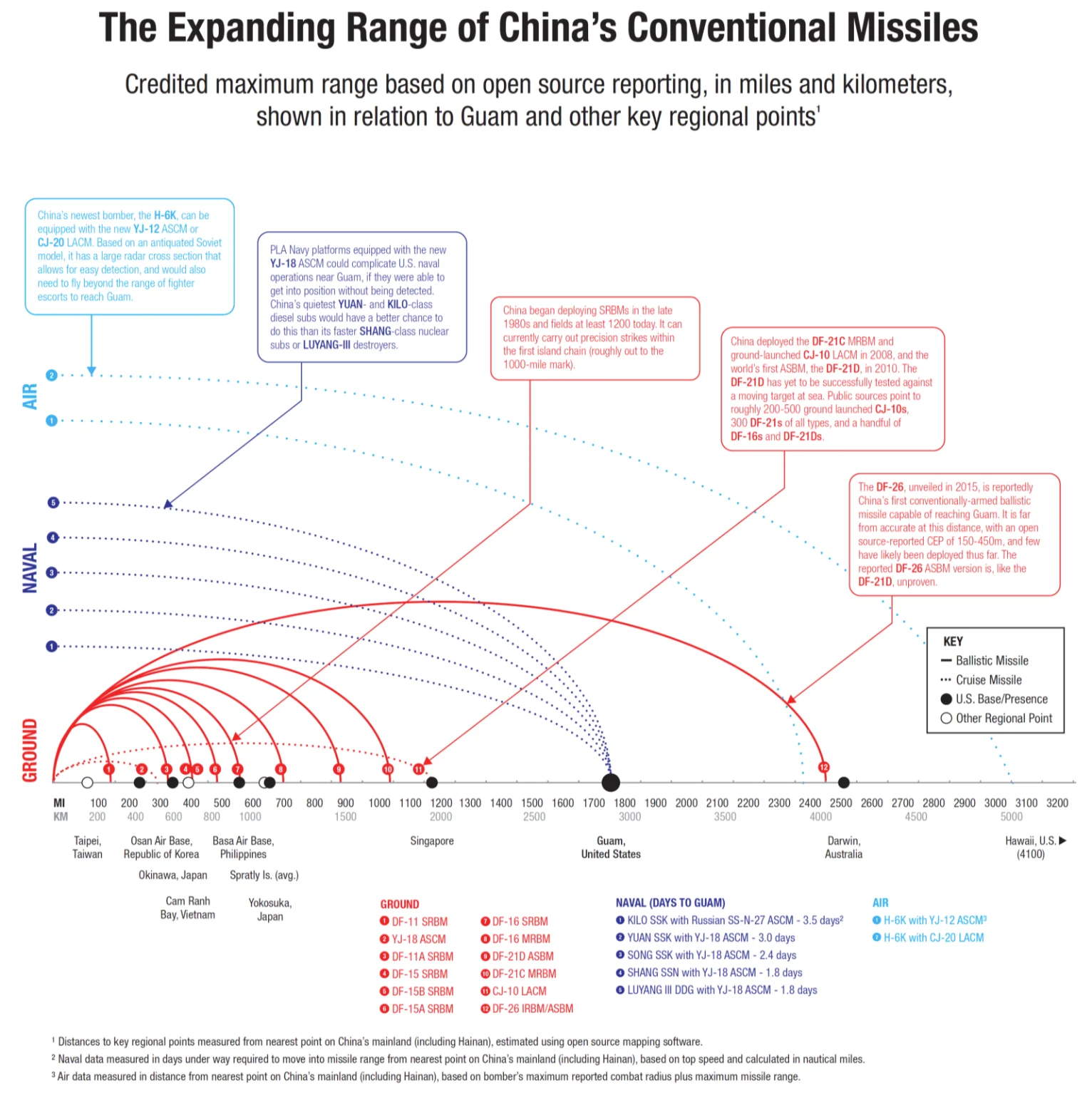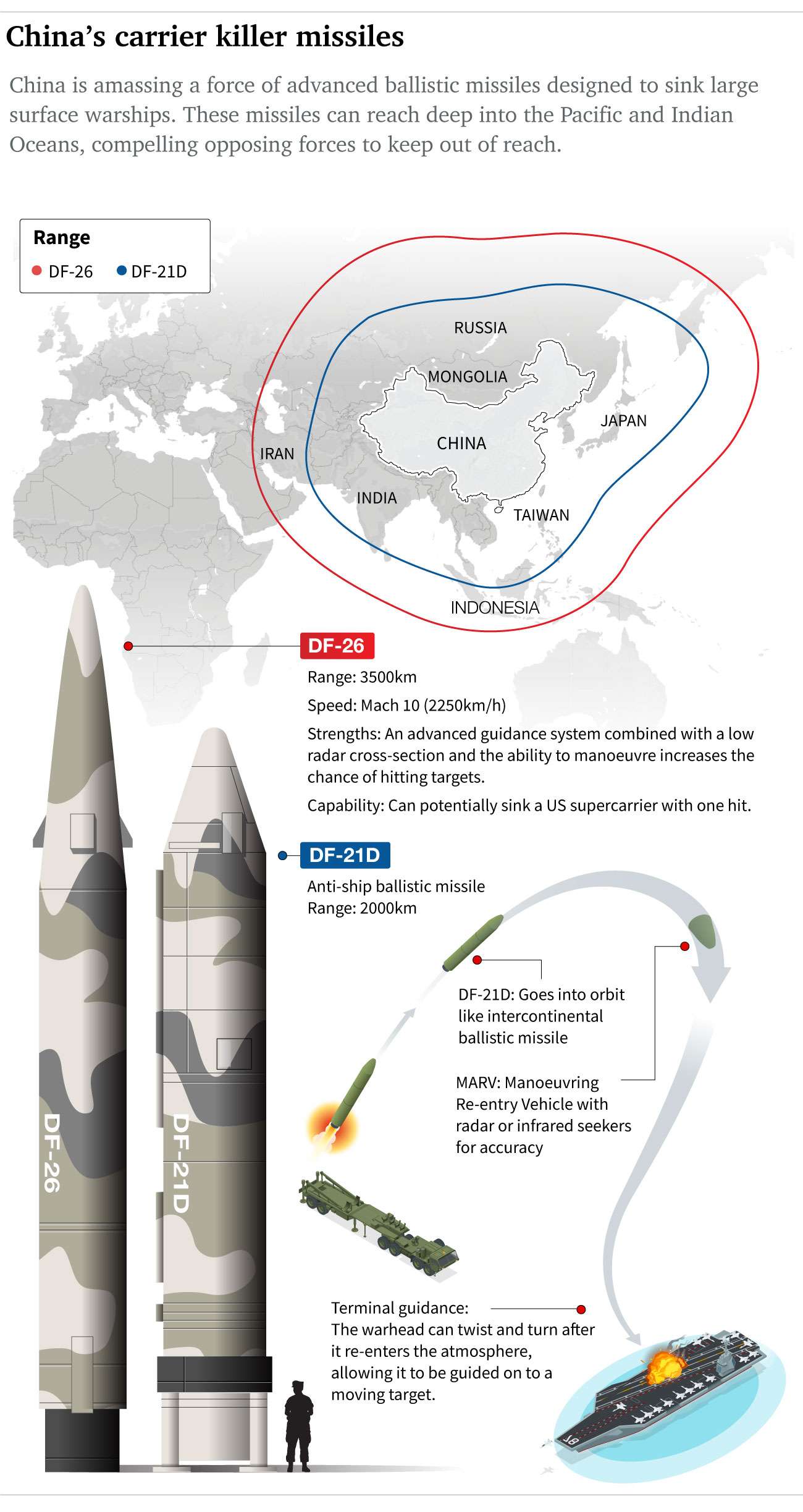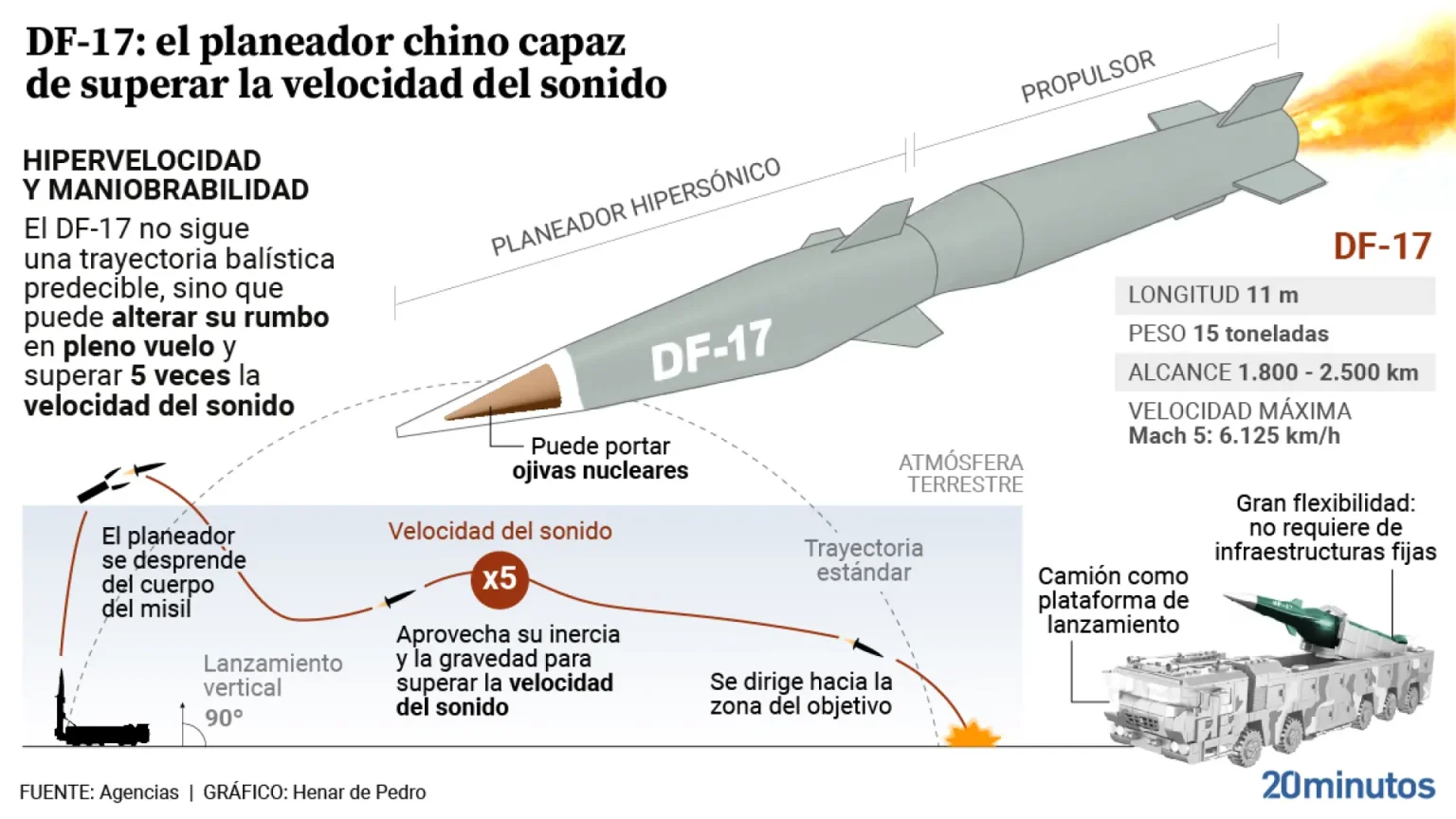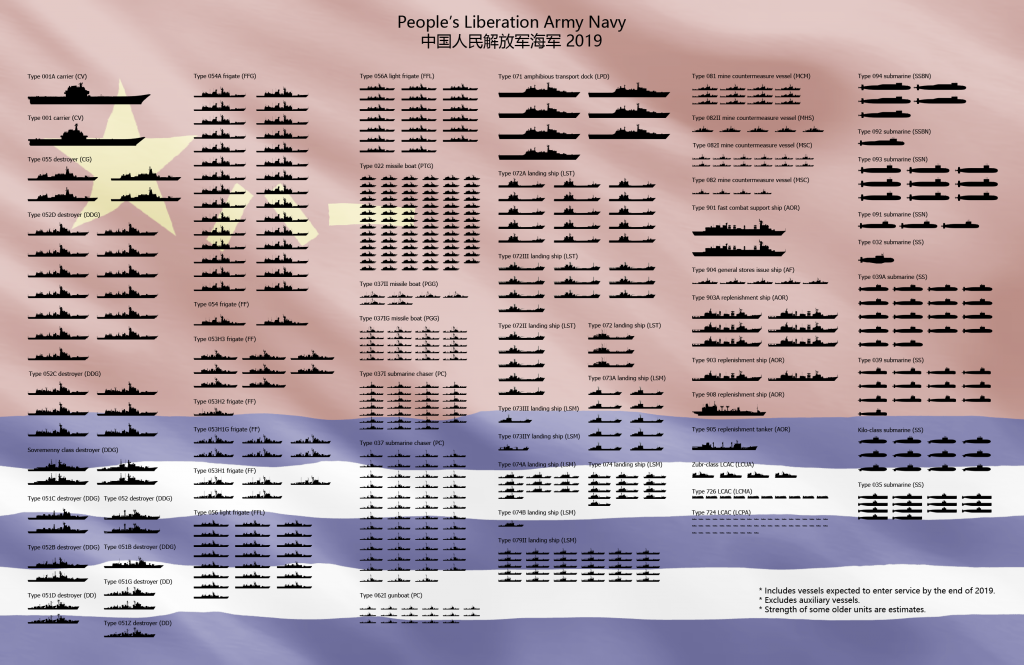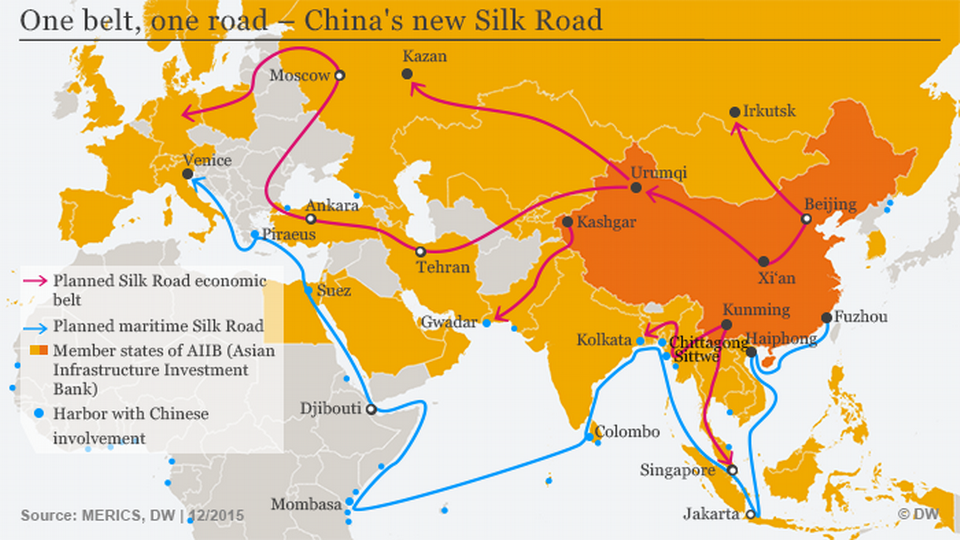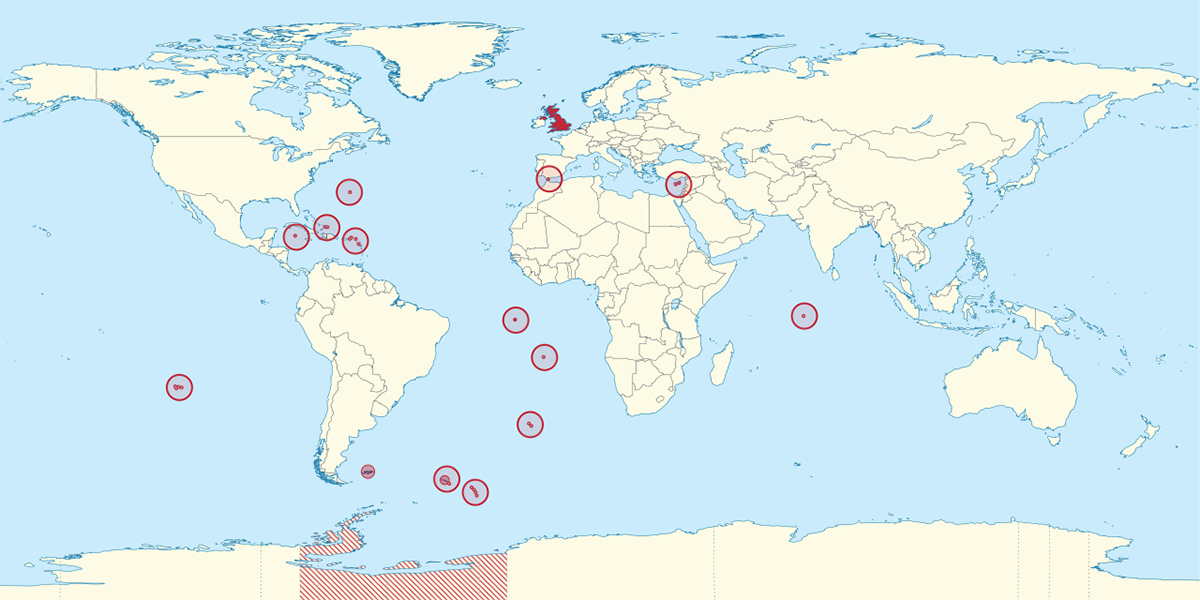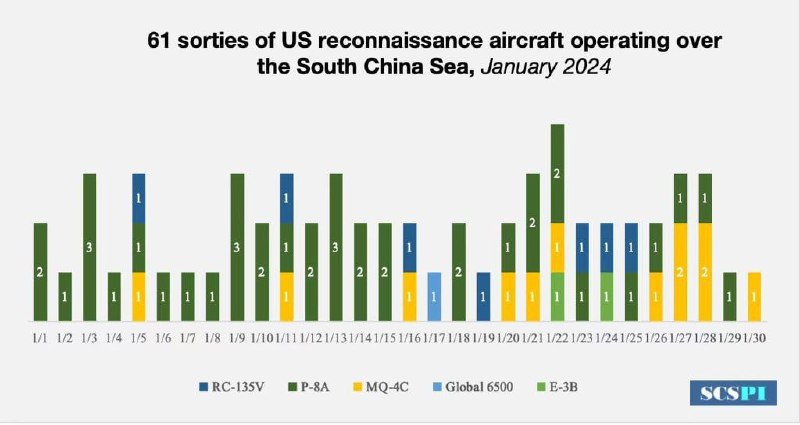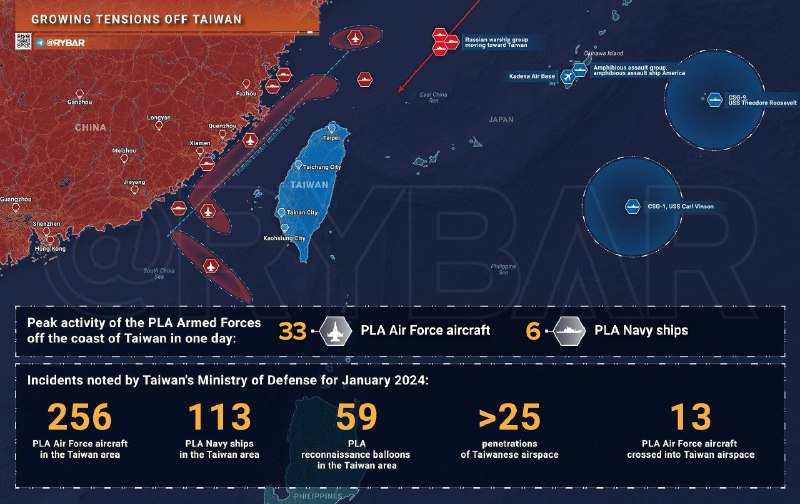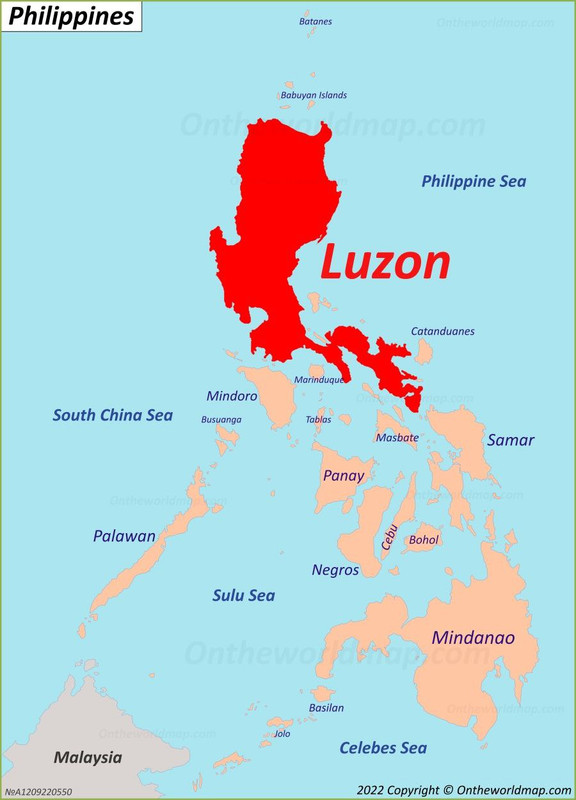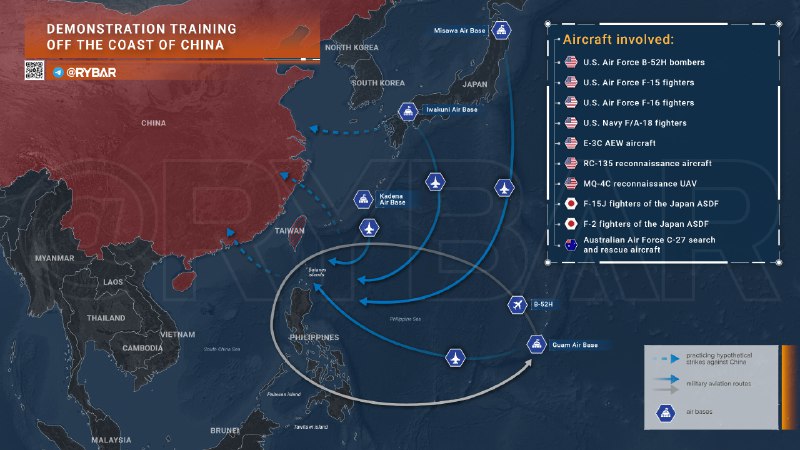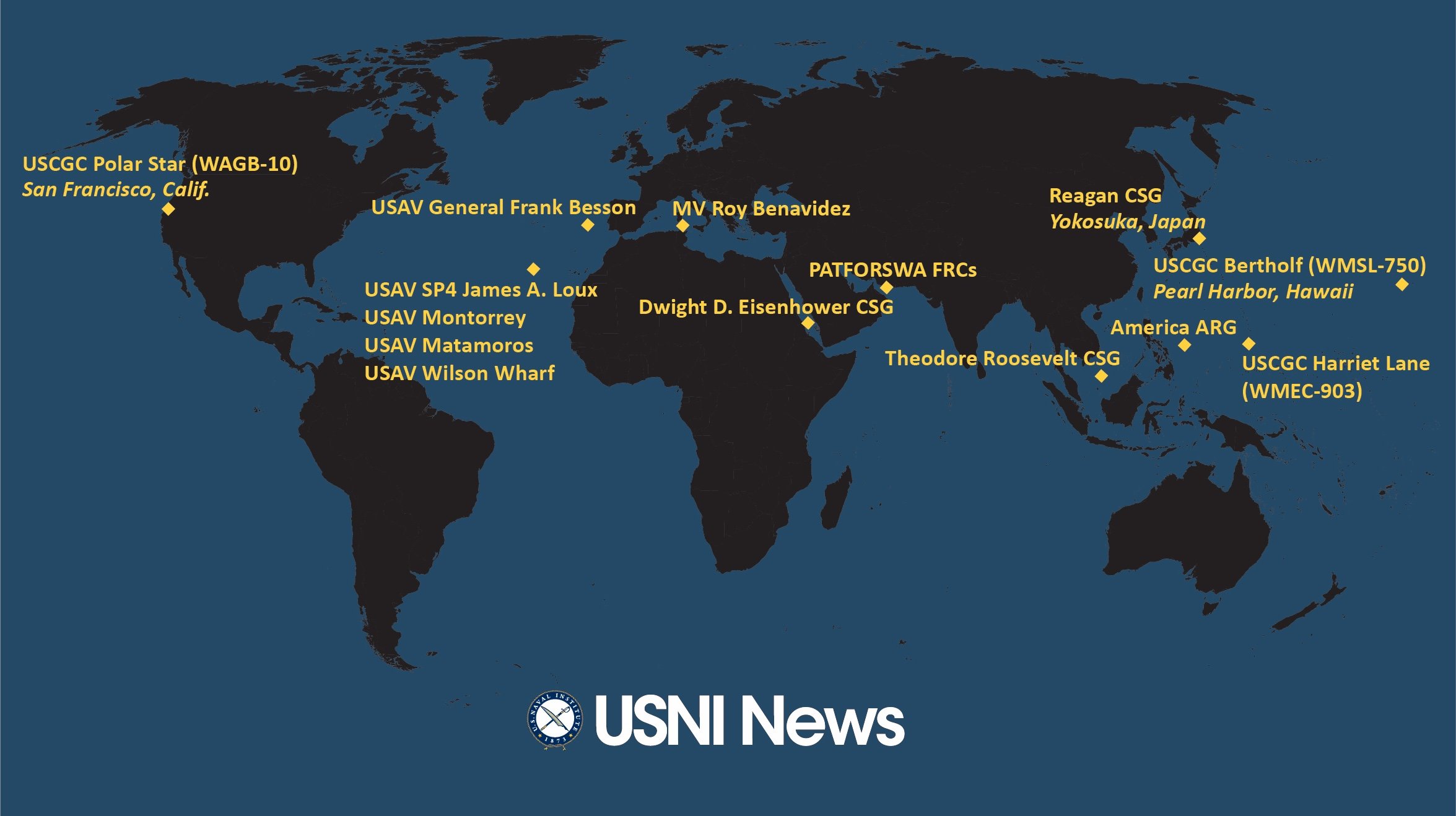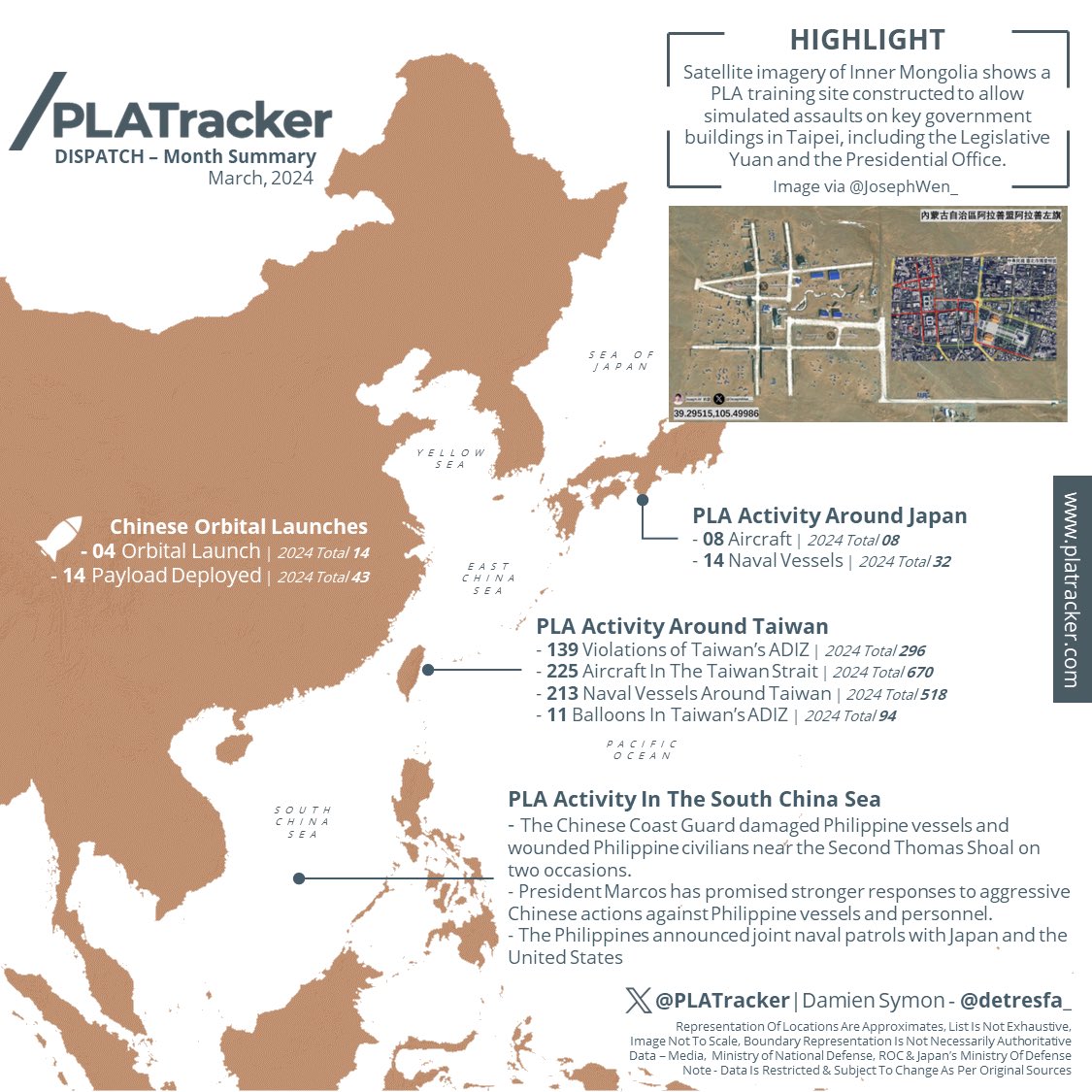Pacific Fleet chief Paparo on #China’s big lesson from #Ukraine: Win quickly
“Instead of seeing the Ukraine conflict and deciding ‘this is too hard,’ China’s intention, on the other hand, is to take note of the actions of Russia in order to effect a short, sharp, fait accompli conflict,” Adm. Samuel Paparo told lawmakers.
China has closely watched the nearly two years of war in Russia’s invasion of Ukraine, but rather than concluding a similar course of action in Taiwan would be in vain, Beijing has discerned that toppling the leadership in Taipei must be done swiftly to present a “fait accompli” to the world, according to President Joe Biden’s nominee to head up Indo-Pacific Command (INDOPACOM).
Speaking during a Senate Armed Services Committee confirmation hearing today, Adm. Samuel Paparo, who currently commands the US Pacific Fleet, reiterated longstanding Pentagon concerns about the so-called “pacing challenge” posed by China and the looming threat that the country may invade its island neighbor of Taiwan.
During the hearing, Paparo stressed that the Taiwan Relations Act requires the Defense Department to respond if China took such a step, warning that the prolonged conflict in Ukraine is not deterring Beijing from seizing Taipei by force.
“Instead of seeing the Ukraine conflict and deciding ‘this is too hard,’ their intention, on the other hand, is to take note of the actions of Russia in order to effect a short, sharp, fait accompli conflict,” Paparo said.
“So rather than take the strategic lesson of the futility of aggression, instead [China] is doubling down on their ability to shrink strategic, operational and tactical warning and act quickly.”
A key deterrent of Chinese aggression in the western Pacific, Paparo said, is continued support of Ukraine and thwarting Russia’s invasion.
To that end, committee Chairman Sen. Jack Reed, D-R.I., asked whether passing a stalled supplemental aid package that includes funds for Ukraine and furnishes further shipbuilding investments would be the “most decisive” thing that Congress could presently do, to which Paparo agreed.
Paparo, who was warmly received by senators on both sides of the aisle, said that despite China’s rapid naval buildup, the US Navy is not “overmatched.”
Still, the admiral said he “[doesn’t] like the pace of the trajectory,” additionally identifying some weaknesses such as calling out a “vulnerability” posed by the size of the current US Merchant Marine fleet.
To combat the threat posed by China, Paparo said a key capability is “persistent stare” intelligence, surveillance and reconnaissance (ISR), noting that behind homeland defense, countering China’s own ISR capabilities is his “number one priority.”
Taiwan has made strides to equip itself for defense and has also studied lessons from Ukraine, Paparo said, though he emphasized he would continue to urge Taipei to build up its military prowess.
China, Paparo acknowledged, expects to have the ability to invade Taiwan by 2027, a year the admiral stated is mostly related to the 100th anniversary of the People’s Liberation Army.
Pentagon officials have often stressed an invasion is neither imminent nor inevitable and wargames have shown such an attempt would be extremely costly, though Paparo emphasized it could still happen at any time.
“In fact, I think they’re working to be ready every day and they could go and we’ve got to be constantly vigilant,” he continued. “There’s no holiday between now and when they may go. And we must be ready now next week, next month and in the decades to come.”
Logistics Wins (and Loses) Wars

The United States must build an afloat prepositioning force that is more nimble and adaptive to win in a potential conflict in the Pacific.

In the run up to the scenario’s 2026 Chinese invasion of Taiwan, issues surrounding the U.S. Navy were well known. Numerous politicians, professionals, and experts criticized programs and shortfalls in the service. The inadequacy of the littoral combat ship, the decommissioning of Ticonderoga-class cruisers and loss of their vertical launch systems, and the delays in numerous ship construction programs all contributed to opening the famous “Davidson window.”1
Unready for War

The ships of the U.S. Merchant Marine were unready for the war that was thrust on them in 2026. As had happened time and time again, the nation had taken its sealift forces for granted. While in past wars, the United States had never come up short, in 2026, the situation proved dramatically different and undercut the military’s ability to come to the defense of Taiwan and counter the Chinese strikes in the western Pacific.

The logistical situation facing the United States today is perhaps the most precarious in the nation’s history. The 2026 scenario highlights current and prospective dangers that require immediate attention. The potential for action in and around the western Pacific necessitates reconstituting and building an afloat prepositioning force that is nimbler and more adaptive to potential peer-to-peer conflicts. With many of MSC’s UnRep ships forward deployed, creating a new Tanker Security Program and outfitting commercial tankers for consolidation operations are the first steps in reconstituting the shuttle ships that would be needed to support naval units in the western Pacific.5

The decline in repair facilities in the continental United States means many U.S. ships are maintained in overseas shipyards, the majority in China. The United States needs to resume construction of commercial ships, which would stimulate domestic shipyards and expand ship repair capabilities. The size of the Chinese merchant marine, fishing fleet, and maritime militia versus that of the diminutive U.S. fleet provides a quantity and quality advantage on the world’s oceans.




